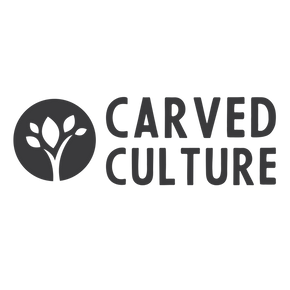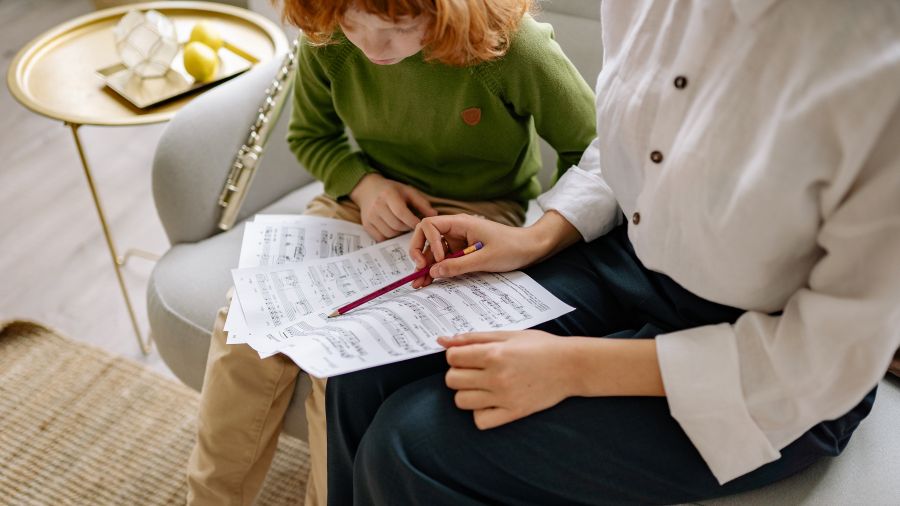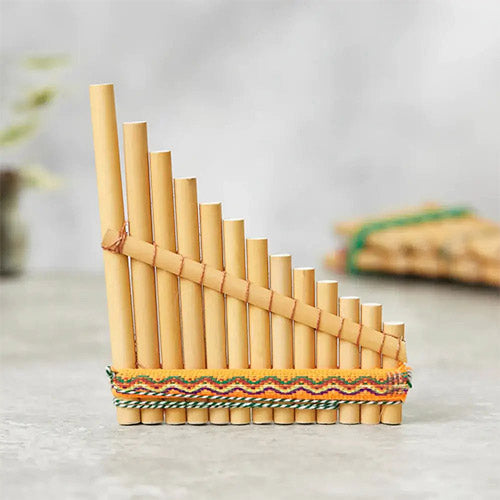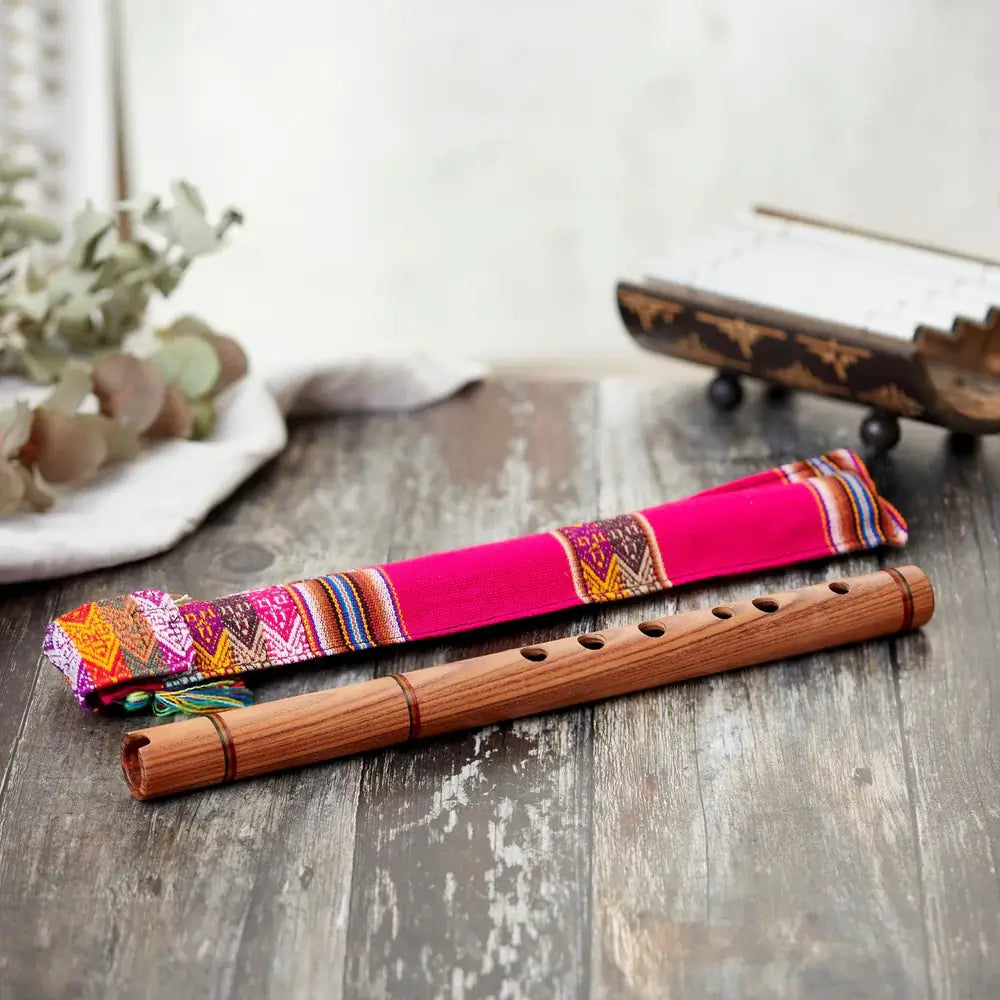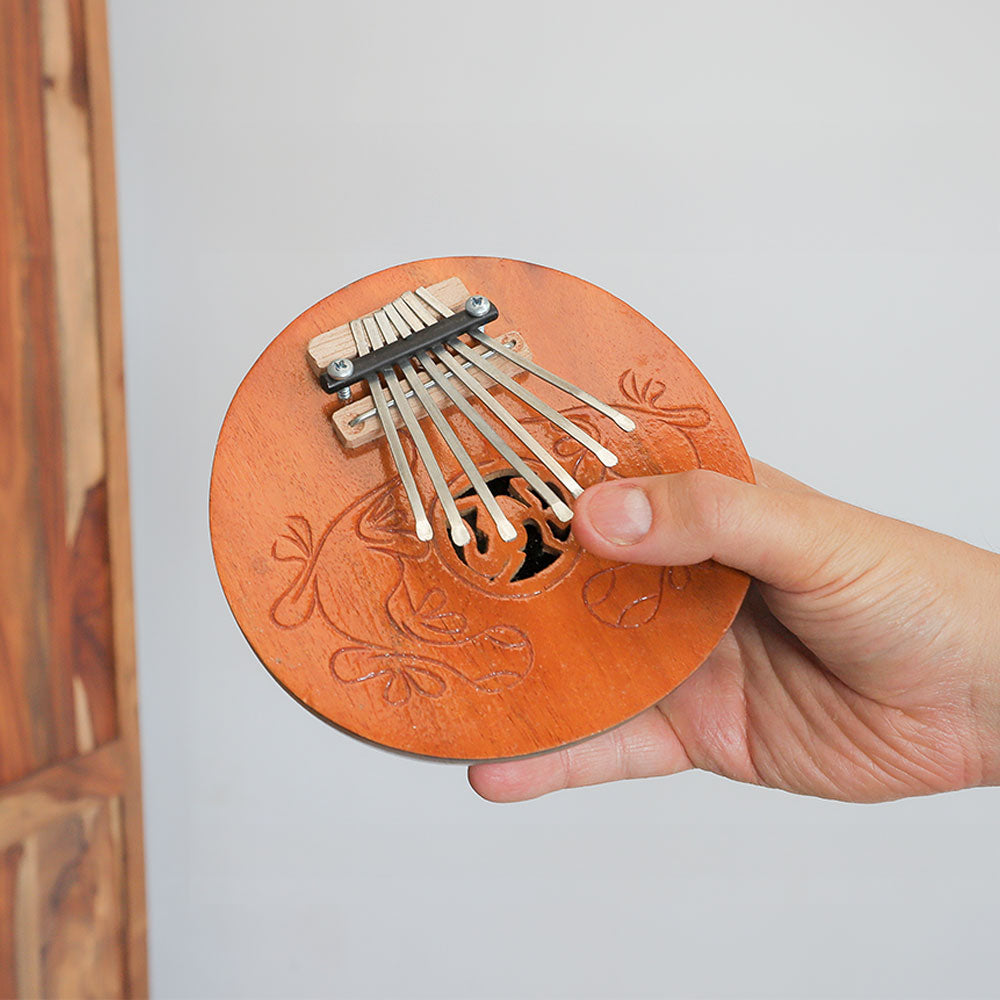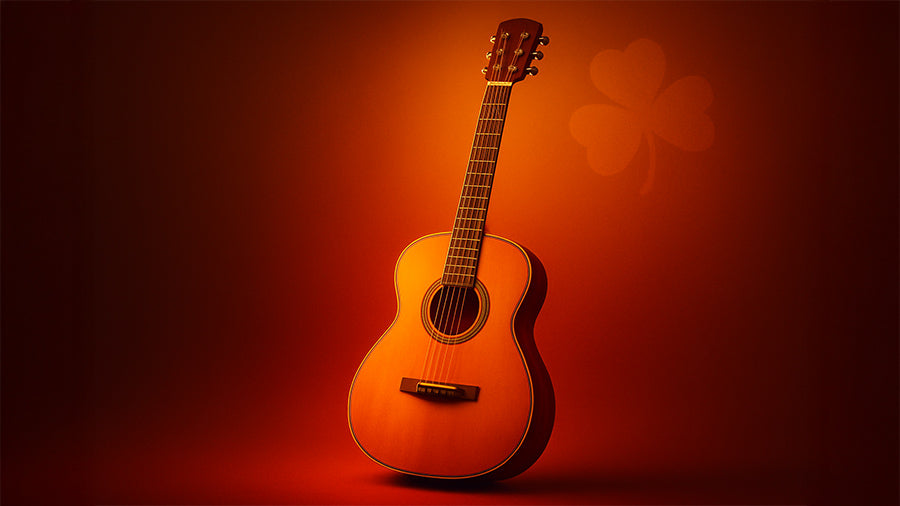Learning how to read sheet music as a beginner is important because it opens up a whole new world of music. Sheet music is fundamental for learning to play different songs on your instrument as it provides information through different elements like the staff, clefs, note values, rhythm, and time signatures which help understand the music. By learning these concepts and practising regularly, you'll be well on your way to reading music fluently and confidently.
1. Understand the Staff
The Staff is the foundation of written music is essential to understanding. Comprising five lines and four spaces, each representing a different musical pitch, it's where notes are placed to show pitch — in other words, how high or low a note sounds. Notes higher on the Staff are higher in pitch, and notes lower on the Staff are lower in pitch. Understanding this musical ladder is key to your musical journey!
2. Learn the Clefs
There are several clefs in sheet music, but the treble and bass clefs are the two most common. G clef, or treble clef, is used for higher-pitched instruments like the right hand of the piano, flute, violin, and trumpet. Its symbol wraps around the G line on the Staff, helping you locate other notes. For low-pitched instruments, the bass clef or F clef is present on the sheet. Instruments like the cello, bass guitar, or tuba are used for this clef. It is characterized by two dots that go around the F line. The notes can be different; you would need to read the clef correctly.
3. Learn Note Names
Notes are reconized by lines and spaces that features on the Staff; memorizing them is key to reading music fluently. In the Treble Clef, the lines are E, G, B, D, F — remember it with "Every Good Boy Does Fine" — and the spaces spell F, A, C, E, which is easy to recall because it spells "FACE." G, B, D, F, A ("Good Boy Do Fine Always") are lines that relate to the Bass Clef. The spaces are A, C, E, and G ("All Cows Eat Grass"). It is a great learning tool to use mnemonics as they will help you learn and become a professional.
4. Understand Rhythm & Note Values
Reading music isn't just about knowing which note to play — it's also about understanding when to play it and how long to hold it. Each note has a specific duration: a whole note lasts for four beats in total, whereas a half note is two beats in total, with a quarter note being just one beat, an eighth note is ½ beat, and a sixteenth note is just ¼ beat. Just as important as playing notes are rests — symbols that indicate moments of silence. To give music a unique sound, creating pauses is key so that a good rhythm can be made.
5. Time Signatures
A time signature, appearing at the beginning of a piece and looking like a fraction (such as 4/4 or 3/4), provides the rhythmic framework for the music. The top number tells you how many beats are in each measure (or bar), whilst the numbers at the bottom will show what kind of note gets one beat — an example of this is that a 4 means a quarter note equals one beat. So, in 4/4 time, there are four quarter note beats per measure, making it the most common time signature, often referred to as "common time." To ensure you keep a good flow of music and connect with other sounds, it is important to learn time signatures and how they work.
6. Practice reading simple pieces
Start with simple sheet music — beginner piano books, familiar children's songs like "Twinkle Twinkle Little Star," or melodies you already know by ear, which makes it easier to connect what you see with what you hear. Focus on matching each note on the page to the correct key or position on your instrument, and keep a steady beat as you play.
Bonus Tips
For interactive practice, try using note-reading apps like Simply Piano, Music Tutor, or Yousician to make learning sheet music more fun. A good way to learn rhythms is to clap with your hands as this will help you to keep the music going. If you would like to learn quickly, practicing for at least 1 hour a day will help you build knowledge and skills.
Ready to bring your new music reading skills to life?
You’ve mastered the basics of reading sheet music — now bring it to life with our beginner-friendly collection featuring familiar tunes like Twinkle Twinkle Little Star and Mary Had A Little Lamb.
Each clearly notated, easy-to-follow piece is instantly downloadable, letting you start playing confidently on piano, violin, recorder, or your favourite instrument right away. Don’t just learn music — play it. Join thousands of musicians making real progress and explore our collection of sheet music to take the next step in your musical journey today!
